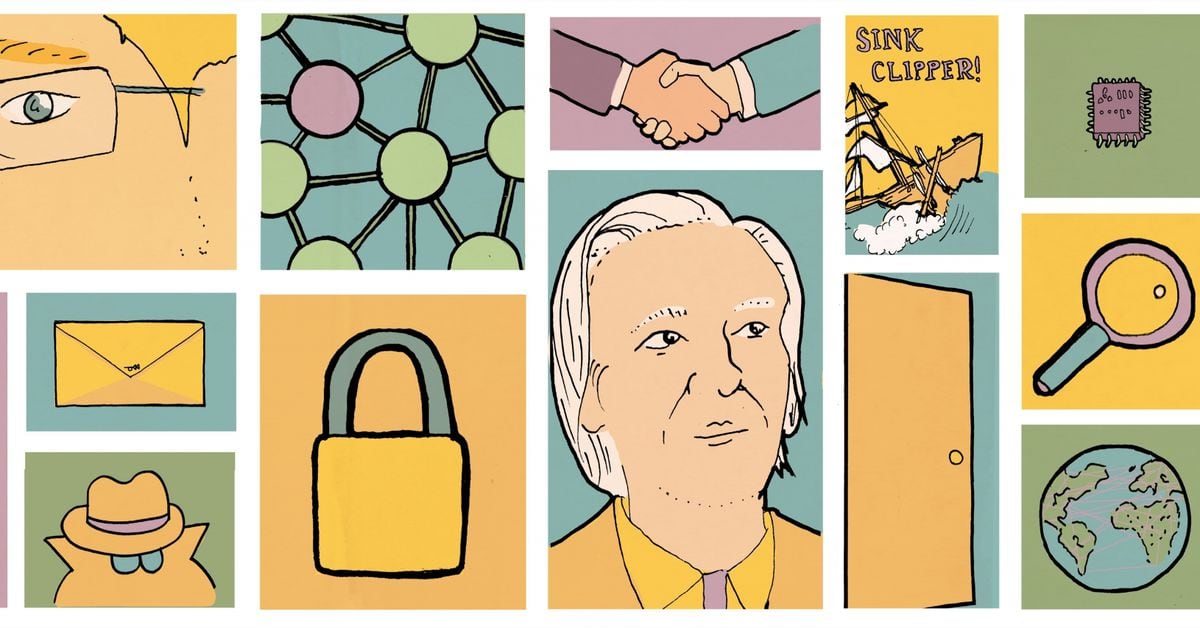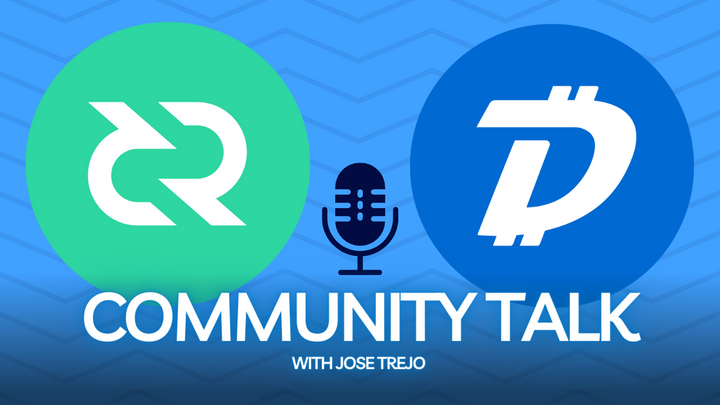Exploring the origins, key figures, and core principles of the Cypherpunk movement
Introduction
The Cypherpunk movement emerged in the late 20th century from early internet forums and mailing lists. Cypherpunks were a group of forward-thinking individuals who believed strongly in the potential of cryptographic tools to free people from centralized control. They envisioned a future where technology would act as a shield, safeguarding users' privacy and civil liberties. By advocating for the widespread use of strong encryption, the Cypherpunk movement set the stage for the development of privacy-focused technologies and influential manifestos. These continue to shape discussions on digital rights and online freedoms today.
Knowing where the Cypherpunk movement comes from will give you an understanding of why it's still important. Looking back at how it all started gives us a peek into what the world was like in the late 1900s, especially with the rise of personal computers and the early internet. It helps us see why Cypherpunks cared so much about privacy and technology. This context also helps us see how Cypherpunks dealt with challenges during the Crypto Wars, where they fought for the use of strong encryption. Understanding all of this history helps us see why these ideas are still important, influencing things like open-source software, decentralized systems, and new privacy-focused innovations.
This article explores the movement's origins, key figures, and the core principles articulated in the Cypherpunk Manifesto, laying the foundation for an understanding of its historical roots and significance in shaping discussions on digital rights and online freedoms.
If you would like to read more the link below provides a brief history of the cypherpunks:
The linked article gives a cursory overview of the role this group played and continues to play in not only the formation of the internet but also their involvement in the rise of cryptocurrencies.
Background: Pre-Cypherpunk Era
During the 1970s and 1980s, we witnessed a revolutionary shift with the rise of personal computing and the advent of the internet. The introduction of the microprocessor democratized computing power, instead of only being accessible to large institutions. Microprocessors made it possible to integrate the essential functions of a computer onto a single chip, enabling the creation of smaller, more affordable computers. This led to the empowerment of individuals with personal computers like the Apple II and the IBM PC. Simultaneously, the development of ARPANET, a precursor to the internet, laid the foundation for a global network of interconnected computers. As these technologies converged, the internet became transformative, connecting people and information in unprecedented ways.
With this technological surge came increased worries about privacy. The use of mainframe computers and early communication technologies like telephones and electronic mail sparked discussions about the security of personal data and private conversations. The growing reliance on electronic data systems by governments and corporations highlighted the need for strong privacy protections. Against the backdrop of technological expansion and rising concerns about privacy, the Cypherpunk movement emerged.
Aside from the Pre-Cypherpunk Era, below is a great article on what led to the creation of Bitcoin and the Rise of the Cypherpunks:

It’s clear that Cypherpunks had already been building on each other's work for decades, experimenting and laying the frameworks we needed in the 1990s, but a pivotal point was the creation of cypherpunk money in the 2000s.
The Precursors to Cypherpunks
In cryptography, Whitfield Diffie and Martin Hellman were pioneers who kickstarted the Cypherpunk movement. In 1976, they came up with the idea of public-key cryptography, a way for people to talk securely. It's like having two keys – one to lock a message and another to unlock it, making digital conversations private. Another key player in this movement is David Chaum. In the 1980s, he brought in cool ideas like mix networks and digital cash, imagining a world where people could do private transactions without giving away who they are.
As computers became more common in the 1990s, people were starting to use the early internet. The big computers and new ways of connecting raised worries about keeping personal information safe. Phones and email were becoming popular, but people were concerned about how private their conversations were. The government and big companies were also using electronic systems a lot, which made people think about how to protect their privacy. People like Whitfield Diffie, Martin Hellman, and David Chaum, who were part of the Cypherpunk movement, saw these changes and knew there could be problems with privacy in the future. They wanted to use special codes and tools to keep people's information safe and make sure individuals had control over their own privacy.
If you would like to read more on 'Who Were the Cypherpunks' please follow the below article:

We the Cypherpunks are dedicated to building anonymous systems. We are defending our privacy with cryptography, with anonymous mail forwarding systems, with digital signatures, and with electronic money.
The Birth of Cypherpunk Culture
The start of Cypherpunk culture is closely linked to the coming together of forward-thinking individuals, with key figures like Eric Hughes, Timothy C. May, and John Gilmore playing crucial roles. Eric Hughes, a math and computer whiz, is known for creating the term "cypherpunk" and shaping the movement's ideals. Timothy C. May, a tech expert from Intel, added his technical skills to the Cypherpunk philosophy, especially in early talks, emphasizing the use of cryptographic tools for individual empowerment against surveillance. John Gilmore, a co-founder of the Electronic Frontier Foundation (EFF), brought both technical know-how and a passion for civil liberties. Gilmore's dedication to internet freedoms and computer science significantly influenced the early Cypherpunk movement.
The term "cypherpunk," coined by Eric Hughes in the early 1990s, is a blend of "cipher" and "punk" and has a powerful meaning. It captures the essence of a growing cultural and tech movement where individuals rebel against conventional norms. Hughes created the term to signify a group dedicated to using cryptographic tools for personal privacy and independence. The "cypher" part highlights the role of cryptography in securing communication, while the "punk" part signals a rebellious, grassroots approach. "Cypherpunk" is more than a technical label—it's a rallying cry symbolizing a commitment to using cryptography to empower individuals against authority and create a decentralized, privacy-focused future. It reflects a rebellious spirit challenging traditional power structures.
The Cypherpunk movement kicked off with online discussions and mailing lists where people passionate about cryptography, privacy, and personal freedoms connected. Platforms like the Cypherpunks mailing list, became hubs for sharing ideas and technical insights. These talks were lively, filled with ideas on how cryptography could protect privacy and challenge central control. These online spaces brought together experts from various fields, like cryptography, computer science, law, and activism. In these virtual forums, figures like Eric Hughes, Timothy C. May, and John Gilmore found common ground, shaping the foundational principles of the Cypherpunk movement. These early discussions created a sense of community among like-minded individuals with a shared vision for using cryptography to safeguard personal freedoms.
If you would like to read more on 'The Birth of Cypherpunks' see the article below:
They believed writing code could help match and defeat the government without any direct action. They were extremely devoted to cryptography and loved practising it.
The Cypherpunk Manifesto
Eric Hughes wrote the Cypherpunk Manifesto in 1993, capturing the core principles of the Cypherpunk movement. The manifesto emphasizes privacy as a fundamental right, promoting strong encryption to protect personal communications from unwarranted surveillance. Hughes envisions a decentralized future where individuals control their digital identities, fostering autonomy and reducing the potential for abuse of power by governments and corporations. The manifesto serves as a philosophical foundation, advocating for the use of cryptographic tools to preserve civil liberties and the ability to control security and autonomy. The Cypherpunk movement centres on the belief that individual freedoms, privacy, and the power of cryptography intersect profoundly.
A Cypherpunk's Manifesto by Eric Hughes:
We the Cypherpunks are dedicated to building anonymous systems. We
are defending our privacy with cryptography, with anonymous mail
forwarding systems, with digital signatures, and with electronic
money.
https://nakamotoinstitute.org/static/docs/cypherpunk-manifesto.txt
Conclusion:
In conclusion, the first part of our Cypherpunk culture article has provided an overview of its historical roots, key figures, and the fundamental principles outlined in the Cypherpunk Manifesto. We've covered the significance of understanding the socio-political and technological context of the 1970s and 1980s, where early contributors like Whitfield Diffie, Martin Hellman, and David Chaum set the stage for a movement that would reshape the landscape of technology, privacy, and individual freedoms. The Cypherpunk Manifesto, articulated by Eric Hughes, serves as a guiding philosophy, emphasizing the critical role of cryptography in preserving individual privacy. As we move forward, the next article will delve into the technological aspirations of Cypherpunks. Exploring the pioneering technologies they advocated, their involvement in the Crypto Wars, the evolution of their ideals in response to changing technological landscapes. And the enduring legacy of early Cypherpunk ideas. By continuing this exploration, we aim to provide a greater understanding of how the Cypherpunk movement not only emerged but also how its principles and innovations continue to shape the present and future landscape of cryptography and digital privacy.








Comments ()